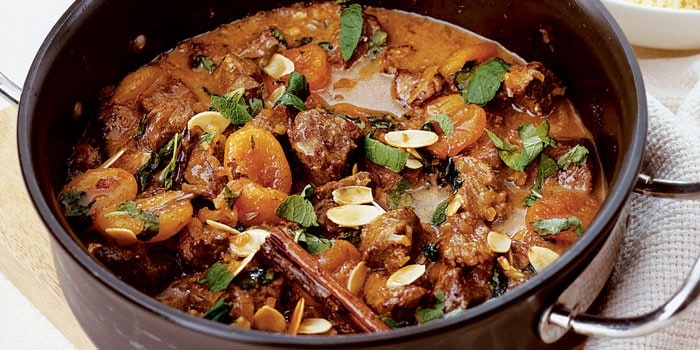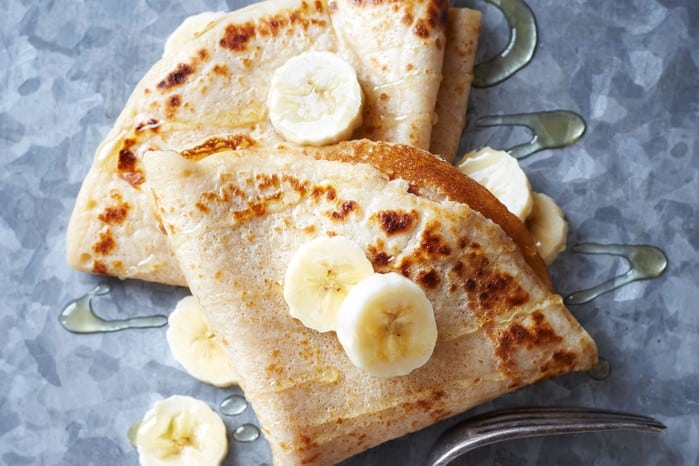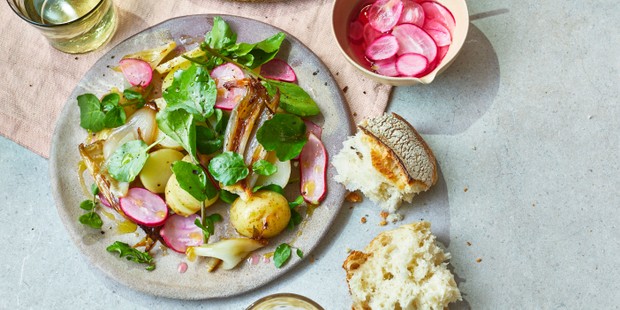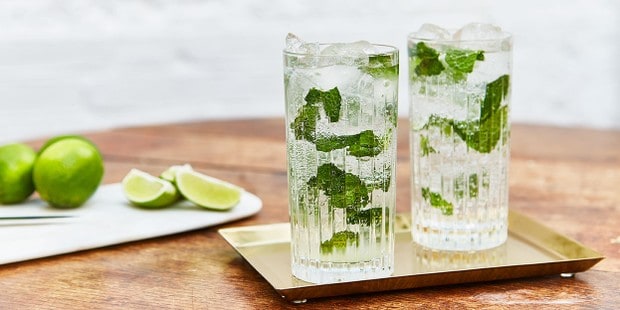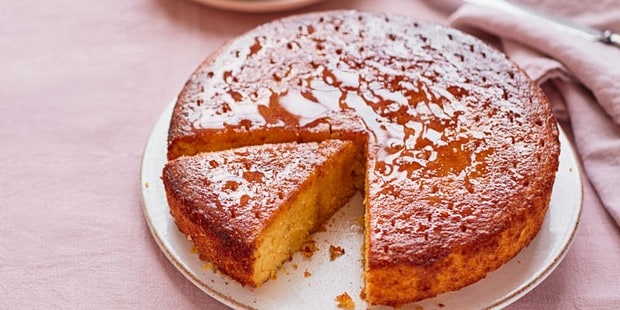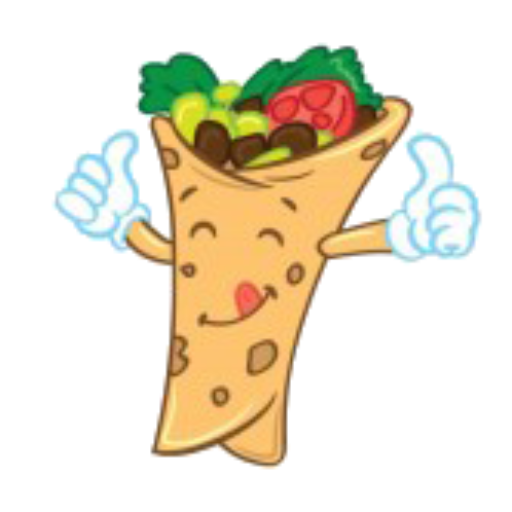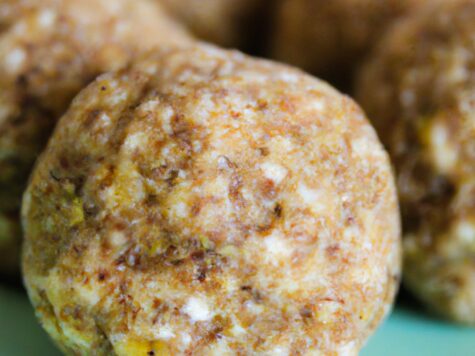What is iron?
An essential nutrient for growth and development, iron is a mineral which plays a critical role because it forms part of haemoglobin, the oxygen-carrying compound in red blood cells. Iron also plays a part in energy production, muscle function, DNA synthesis and in supporting our immune defences.
We obtain most of the iron we need from our diet, and our body carefully monitors iron levels, absorbing more when our need is high and less when stores are adequate.
Discover our full range of health benefit guides and get recipe inspiration with our iron-rich recipe collection.
How much iron do I need?
The Nutrient Reference Intake (NRI) for women of reproductive age is 14.8mg iron per day, with an additional requirement recommended during pregnancy. For men and non-menstruating women, the requirement is 8.7mg per day.
In the UK iron deficiency is common, and particularly so among infants under two, teenage girls, pregnant women and the elderly. According to UK government surveys, the majority of women and girls of menstruating age do not meet their dietary target.
Why might I be low in iron?
There are a number of reasons why your iron levels may be low, these include:
- Blood loss: due to heavy periods, peptic ulcers, haemorrhoids or through donating blood.
- Increased needs: such as pregnancy, periods of rapid growth like childhood and adolescence.
- Inadequate amounts in your diet: although many plant foods provide iron, it is a little harder to absorb so be mindful of this if you follow a vegan or plant-based diet.
- Poor absorption: lower levels of stomach acid caused by atrophic gastritis, a condition common in the elderly, chronic diarrhoea or prolonged use of antacids may reduce your ability to absorb iron.

What is iron-deficiency anaemia?
Symptoms include:
• weakness,
• fatigue*
• pale complexion,
• breathlessness,
• heart palpitations,
• an increased susceptibility to infection,
• and difficulty concentrating.
*A note on haemochromatosis
Haemochromatosis is a specific genetic disorder in which iron builds up over time, leading to excessive levels. If you have a family member with haemochromatosis, you should be screened to determine if you are at risk. It is hard to diagnose, but one of the symptoms is fatigue. If you are feeling tired all the time, it is recommended that you go to your GP and have a blood test before taking iron supplements.
What can I do to improve my iron uptake?
There are two forms of iron found in food – haem iron from animal foods, which is easier for us to absorb, and non-haem iron found in plant-based foods. Vitamin C helps promote iron absorption, so combining vitamin C-rich foods like peppers with those supplying iron, like lentils may help support iron absorption. Using cast iron cooking pans may also help support your iron uptake.
Do some foods interfere with iron absorption?
Some naturally occurring compounds found in plant foods are thought to inhibit the absorption of iron. These include:
- tannins found in caffeinated and de-caffeinated tea;
- phytates in wheat, beans, peas and lentils as well as peanuts;
- oxylates in foods like spinach, nuts, chocolate, parsley and rhubarb
- casein and certain forms of calcium in dairy foods including yogurt, cheese and milk
- phosvitin found in egg yolk.

How do I ensure my iron levels are adequate during pregnancy?
Some mums-to-be do not meet the increased need for iron during pregnancy – if you’re concerned, please consult your GP or midwife.
What foods are a good source of iron?
Rich sources of iron
- Liver, beef and lamb
- Clams, mussels and oysters
- Kidney beans
- Leafy green vegetables
- Dried figs and apricots
- Oatmeal and rye
- Brewer’s yeast
- Soybeans
- Lentils
- Tofu
- Blackstrap molasses
- Quinoa
- Chickpeas
- Pinto beans
Pregnant women should avoid liver and any related products, such as liver pâté, as these can contain high levels of vitamin A, which may be harmful to a developing baby.
Recipe suggestions for iron-rich meals
For the carnivores:
Liver & bacon sauté with potatoes & parsley
Chicken liver & chorizo salad
For fish fans:
Mussels with tomatoes & chilli
Speedy spaghetti with clams
For the vegetarians:
Iron-rich vegetarian collection
Chinese noodles with tofu & hazelnuts
Chickpeas & roasted veg tagine
Dried fruits are a great source of iron, and add sweetness to stews:
Moroccan lamb with apricots, almonds & mint
Pork with pears, prunes & verjuice
Go crazy for lentils, beans and peas with these tasty, light lunches:
Puy lentil salad with soy beans, sugar snap peas & broccoli
Lemony rice & peas
Moroccan harira
Make your own muesli:
Seven-cup muesli
If you think you may have iron-deficiency anaemic refer to your GP because anaemia requires careful diagnosis and treatment – do not supplement with iron unless advised to do so.
This article was updated on 14 February 2022 by Kerry Torrens.
Kerry Torrens BSc. (Hons) PgCert MBANT is a Registered Nutritionist with a post graduate diploma in Personalised Nutrition & Nutritional Therapy. She is a member of the British Association for Nutrition and Lifestyle Medicine (BANT) and a member of the Guild of Food Writers. Over the last 15 years she has been a contributing author to a number of nutritional and cookery publications including BBC Good Food.
All health content on bbcgoodfood.com is provided for general information only, and should not be treated as a substitute for the medical advice of your own doctor or any other health care professional. If you have any concerns about your general health, you should contact your local health care provider. See our website terms and conditions for more information.

